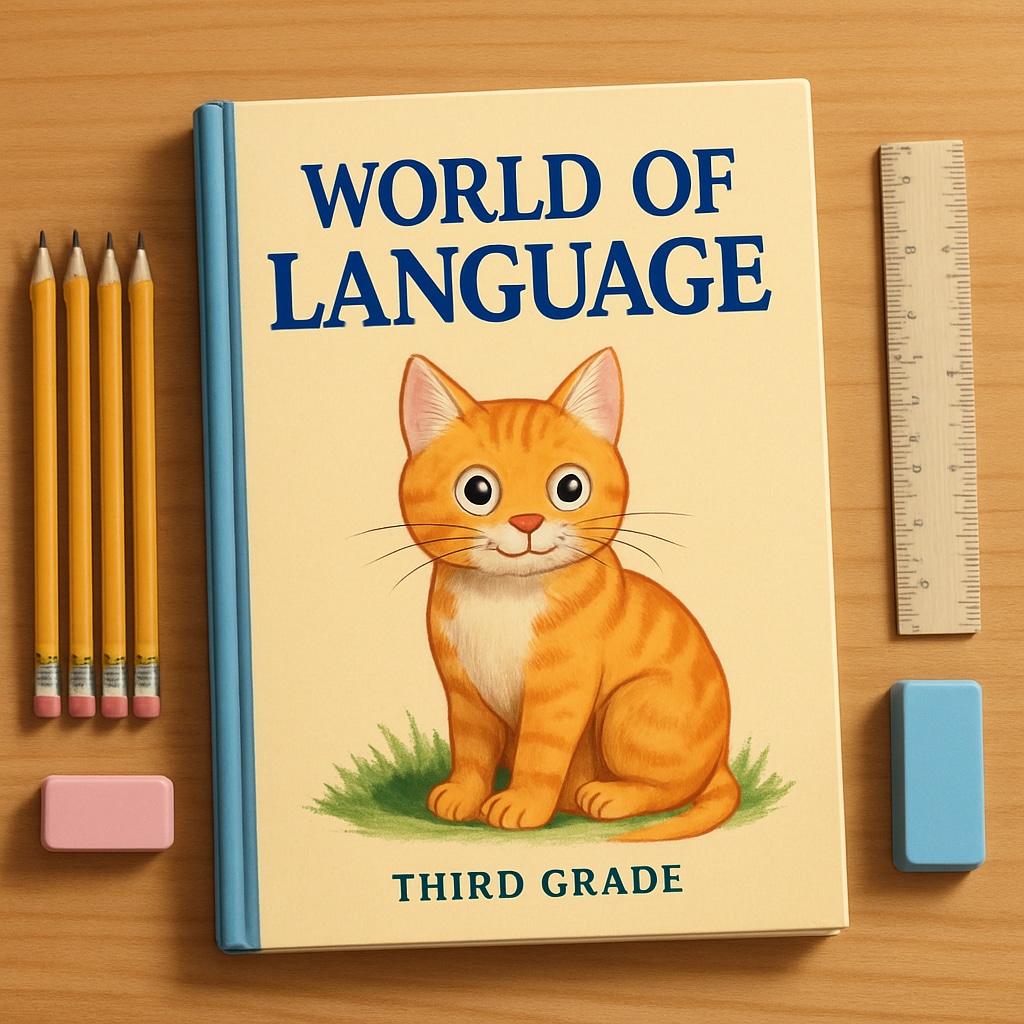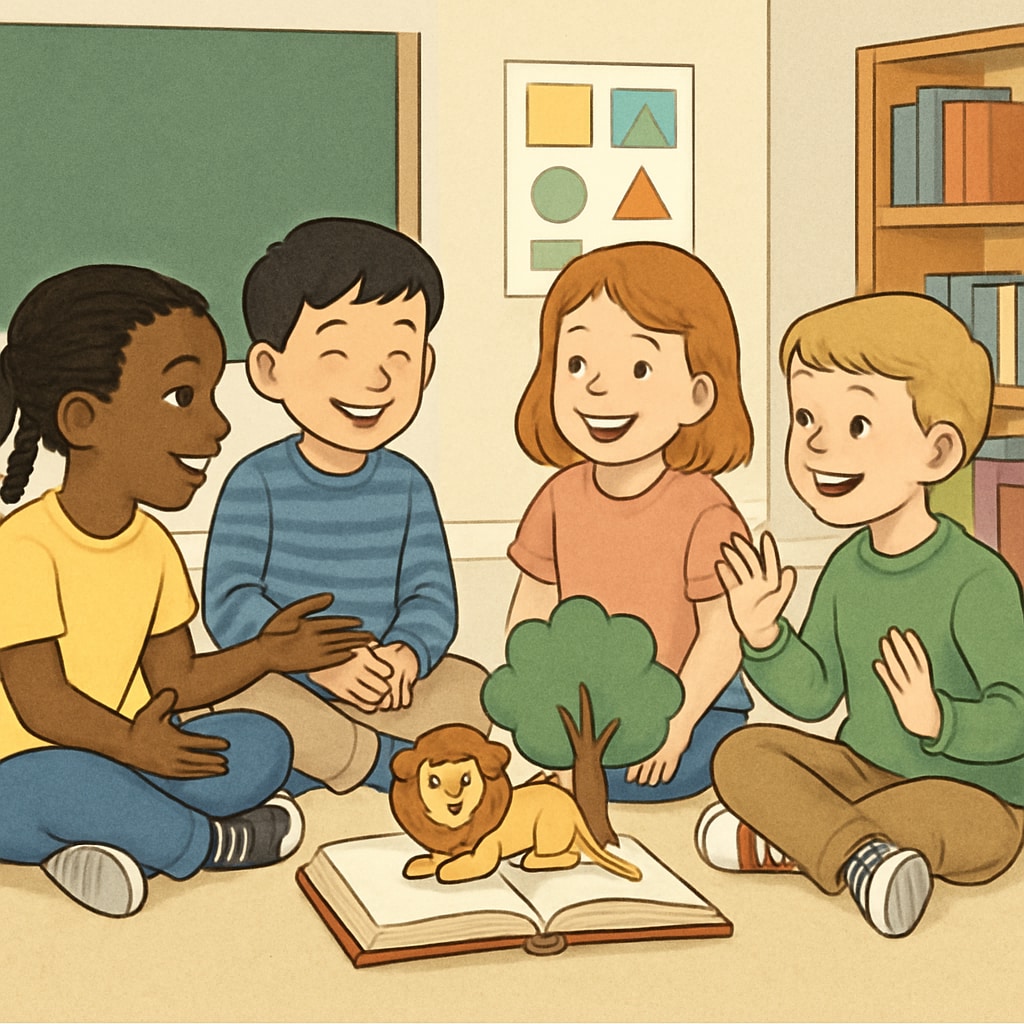The “World of Language” elementary language textbook series, known for its engaging content and systematic approach, has left an indelible mark on generations of learners. Particularly unforgettable is the third-grade edition, with its whimsical cat-themed cover—a visual emblem of the creativity and charm that defined this educational classic. In an era dominated by digital learning tools, revisiting this series reminds us of the enduring value of well-structured, thoughtfully designed language education materials.
The Educational Philosophy Behind “World of Language”
At its core, the “World of Language” series was designed to nurture not only linguistic competency but also a love for learning. The textbooks balanced structured lessons with creative exercises, ensuring that students grasped the fundamentals of grammar, vocabulary, and composition while fostering critical thinking and imaginative expression. For many students, these books were their first encounter with scientific reading principles—the systematic exploration of text to build comprehension and analytical skills.
Unlike many modern resources, which prioritize flashy designs over substance, the “World of Language” series excelled in blending simplicity with depth. Each chapter followed a logical progression, with clear explanations, relatable examples, and practice exercises that reinforced concepts through repetition and application. This systematic approach remains a gold standard in language education.

Why the “Cat-Covered” Edition Stands Out
Ask any child of the 1980s or 1990s about their favorite textbook from elementary school, and the “World of Language” third-grade edition might just top their list. Its iconic cover, featuring a curious and playful cat, was far more than a decorative element—it symbolized the approachable and engaging nature of the book’s contents. Teachers and students alike appreciated how this edition seamlessly integrated storytelling, visual aids, and interactive activities to make learning enjoyable.
For example, stories in each chapter often revolved around relatable themes like friendship, exploration, or problem-solving, helping students connect their personal experiences to the lessons. These narratives were paired with vocabulary-building exercises and comprehension questions, encouraging active engagement with the text. As a result, many students who used this edition remember it not just as a textbook but as a companion in their educational journey.

Lessons for Modern Language Education
In today’s educational landscape, where digital tools and online platforms dominate, the “World of Language” series offers valuable insights into effective language teaching. One key takeaway is the importance of structure. Unlike many modern resources that prioritize novelty over coherence, these textbooks provided learners with a clear roadmap, guiding them step by step toward mastery.
Another lesson is the significance of engagement. The creative exercises and relatable stories in “World of Language” made learning not just effective but enjoyable—a crucial factor in fostering long-term retention and enthusiasm for language study. Modern educators can draw inspiration from this approach by incorporating storytelling, interactive activities, and relatable themes into their teaching strategies.
Finally, the series emphasized the importance of balance. While it introduced students to complex concepts, it did so in a way that was accessible and age-appropriate. This balance between depth and simplicity is often missing in contemporary educational materials, which either oversimplify content or overwhelm learners with excessive information.
A Nostalgic Reminder of Timeless Wisdom
For those who grew up with the “World of Language” series, flipping through its pages today may evoke a sense of nostalgia and appreciation for the thoughtfulness that went into its design. These textbooks were more than just tools for learning—they were gateways to the fascinating world of language, encouraging students to explore, question, and express themselves.
As education continues to evolve, the wisdom embedded in the “World of Language” series serves as a reminder of what truly matters in language education: clarity, engagement, and a genuine connection to learners. Whether you’re an educator seeking inspiration or a former student reminiscing about the past, this series remains a testament to the power of thoughtful educational design.
Readability guidance: This article uses concise paragraphs, clear transitions, and accessible vocabulary to ensure readability. Key concepts are explained with relatable examples, and images are strategically placed to enhance the narrative.


